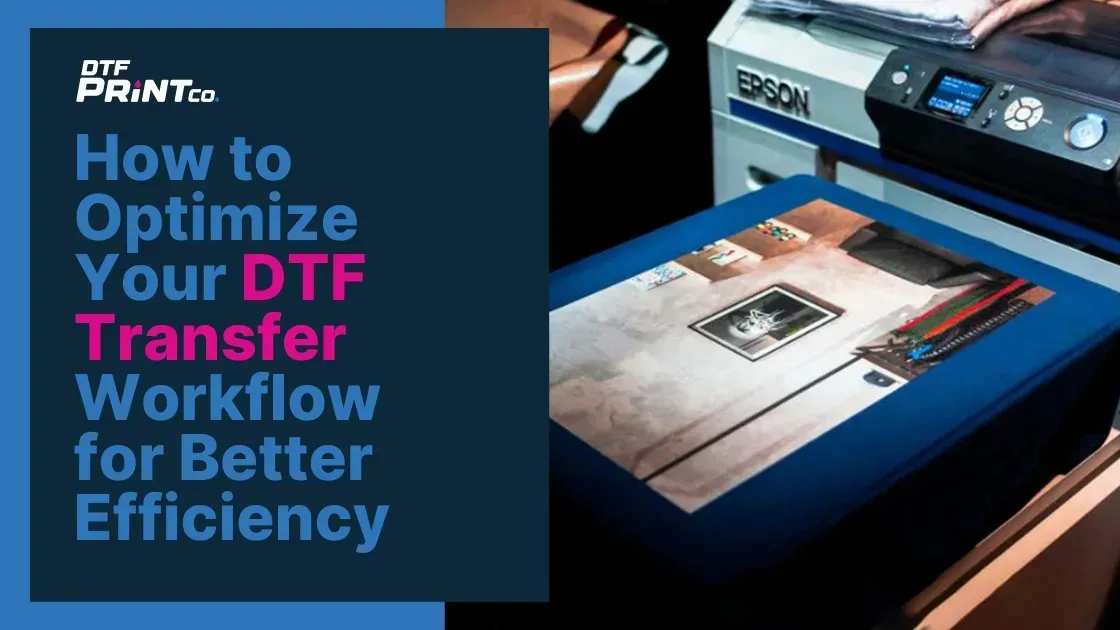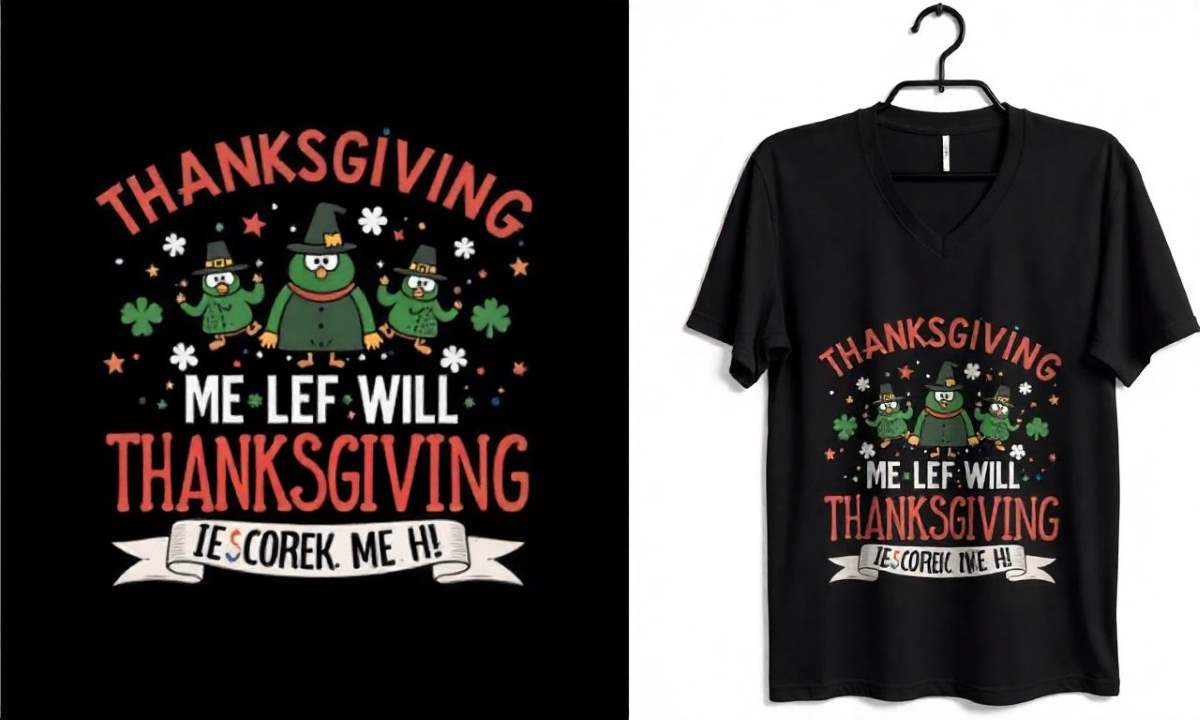In the rapidly advancing world of printing technology, the UV DTF workflow has emerged as a pioneering solution that integrates the precision of UV printing with the innovative method of direct-to-film printing. This groundbreaking process is not only transforming fabric printing but also elevating the quality of custom designs across various applications, from apparel to promotional items. By harnessing the advantages of UV curing, the UV DTF workflow ensures vibrant colors and durable prints that can withstand the test of time. As more businesses recognize the value of personalized printing, understanding the UV DTF workflow becomes crucial for thriving in a competitive market. Join us as we delve deeper into this dynamic printing technique and explore how it simplifies the design-to-production process.
The UV DTF process, also known as UV direct-to-film printing, revolutionizes the way we think about textile and substrate decoration. By combining ultraviolet technology with a direct-to-film approach, this printing method allows for incredible detail and color vibrancy, making it perfect for bespoke designs and intricate graphical interactions. As the industry shifts towards eco-friendly and customizable solutions, alternatives like UV DTF stand out for their ability to produce lasting prints on a plethora of surfaces. Whether you are looking to enhance your fabric printing capabilities or introduce more personalized promotional items, understanding the nuances of this innovative workflow will arm you with the knowledge to succeed.
Overview of UV DTF Printing Technology
UV direct-to-film (DTF) printing technology is revolutionizing the way businesses create custom designs. This innovative method combines the best aspects of UV printing with the efficiency of direct-to-film processes, allowing for the production of high-quality prints on a variety of materials. The versatility of this technology means that it is suitable for a range of applications, from fabric printing for apparel to creating promotional items. By harnessing the power of UV LED printers, businesses can achieve vibrant colors and intricate details that are essential for modern design demands.
One key advantage of UV DTF printing lies in its capability to print on diverse substrates such as fabrics, plastics, and rigid materials. This adaptability opens up new possibilities for designers and manufacturers alike, enabling them to explore various markets with ease. Moreover, the UV curing process enhances the durability of prints, ensuring longevity even in high-wear environments. This blend of quality, durability, and flexibility positions UV DTF printing technology as a leading choice for businesses aiming to meet the personalized demands of consumers.
The Significance of the UV DTF Workflow
Understanding the UV DTF workflow is essential for those looking to leverage this modern printing technique. The workflow encompasses several critical stages, from design creation to the final finishing touches, each contributing to the overall success of the printed product. By breaking down the process, businesses can identify areas for optimization, ensuring that they can produce high-quality results efficiently. This systematic approach not only enhances productivity but also allows for consistent quality across various printing projects.
The significance of the UV DTF workflow is particularly evident when creating custom designs that require precision and attention to detail. As graphic design software becomes more advanced, the initial design phase becomes crucial in setting the foundation for quality prints. Each phase, including the printing, curing, and transfer application, plays a pivotal role in the overall quality and durability of the final product. Therefore, businesses must embrace the UV DTF workflow as a comprehensive guide to producing exceptional prints that stand out in the competitive market.
Steps to Create Effective Custom Designs
Creating effective custom designs in the UV DTF workflow begins with the design creation stage. Designers utilize advanced software to create or adapt images that resonate with their target audience. This stage is critical for establishing a visually appealing foundation, as the choice of colors, fonts, and graphics can significantly impact the final product’s quality and marketability. By focusing on the principles of design and incorporating feedback from stakeholders, businesses can ensure that their custom designs are both attractive and functional.
Once the initial designs are set, testing them on various substrates is an essential step to evaluate the final print’s effectiveness. Prototyping prints on different fabrics or materials allows businesses to assess durability, color vibrancy, and overall appeal. This hands-on approach leads to informed decisions that enhance customer satisfaction and drive sales. In an era where consumers crave personalization, taking the time to create thoughtful custom designs that align with market trends can yield substantial returns for businesses.
Innovations in UV DTF Technology
The evolution of UV DTF technology is marked by significant innovations that enhance its production capabilities and applications. Recent advancements include improvements in ink formulations designed to boost adhesion on challenging substrates, allowing for more diverse printing options. As businesses continue to explore new materials, these innovations promise to expand the usability and appeal of the UV DTF workflow further.
Another notable trend in UV DTF technology is the shift towards eco-friendly printing practices. With growing public awareness of environmental issues, manufacturers are developing sustainable inks and processes to ensure that their products meet modern consumer expectations. This shift not only supports corporate responsibility initiatives but also aligns with the increasing demand for environmentally friendly products in the marketplace. By embracing these innovations, businesses can equip themselves to thrive in an eco-conscious consumer landscape.
Benefits of UV DTF Printing Over Traditional Methods
The UV DTF printing method offers several advantages when compared to traditional printing techniques. One of the primary benefits is the rapid curing process, which significantly reduces production time while maintaining high-quality output. Unlike conventional printing methods that rely on liquid inks, UV DTF technology employs UV-cured inks that are instantly hardened, providing vibrant colors and detailed prints. This efficiency allows businesses to respond quickly to market demands and order fulfillment.
Additionally, UV DTF printing provides superior durability compared to traditional methods. The UV curing process not only enhances color quality but also increases resistance to scratching, fading, and washing, making it an ideal choice for fabric printing applications. As brands seek cost-effective and long-lasting solutions for their products, the UV DTF printing method satisfies these requirements while delivering exceptional visual results.
Emerging Trends in Custom Printing Solutions
As the consumer market evolves, so do trends in custom printing solutions. One of the emerging trends influencing the UV DTF workflow is the increasing demand for personalized products among consumers. Customers are now looking for unique, bespoke items, which puts pressure on businesses to adopt innovative printing techniques like UV DTF that facilitate custom designs quickly and efficiently. This trend highlights the importance of adaptability in printing technology and its ability to meet consumer demands.
Furthermore, technological advancements in digital printing are creating new opportunities for custom printing. Innovations in software and printing equipment are enhancing capabilities, allowing designers to experiment with intricate artwork and complex patterns. The ease of reproducing high-quality prints with UV DTF technology plays a crucial role in allowing businesses to stand out in a crowded marketplace. As these trends continue to develop, companies that embrace them will be well-positioned to capitalize on the growing demand for customized solutions.
Frequently Asked Questions
What is the UV DTF workflow and how does it differ from other printing technologies?
The UV DTF workflow, or UV Direct-to-Film workflow, combines the efficiency of direct-to-film printing with the quality of UV printing technology. Unlike traditional methods, it allows for detailed and vibrant prints on various substrates, making it ideal for custom designs, fabric printing, and promotional items.
How does the design creation phase influence the UV DTF workflow?
The design creation phase is critical in the UV DTF workflow as it sets the standard for the final print quality. Designers use advanced software to create scalable vector graphics, ensuring that intricate details and vibrant colors are accurately captured in the printed output.
What role does curing play in the UV DTF workflow?
Curing is a vital step in the UV DTF workflow where UV light hardens the ink on the transfer film. This process not only enhances print durability against scratching and fading but also ensures that the designs are permanently bonded to the substrate during transfer.
Can the UV DTF workflow be used on various materials?
Yes, the UV DTF workflow is incredibly versatile, allowing for printing on a wide range of materials including fabrics and rigid surfaces. This adaptability makes it suitable for diverse applications in the fabric printing and promotional products sectors.
What innovations are currently shaping the UV DTF workflow?
Recent innovations in the UV DTF workflow include enhancements in ink adhesion for challenging substrates, eco-friendly ink options, and increased focus on customization. These trends aim to improve versatility and meet the growing demand for sustainable printing solutions.
How can businesses benefit from adopting the UV DTF workflow?
By adopting the UV DTF workflow, businesses can offer high-quality, customized prints that are durable and visually appealing. This technology meets the increasing consumer demand for personalized products while ensuring efficiency in production and versatility in applications.
| Step | Description |
|---|---|
| 1. Design Creation | Involves creating or modifying graphics tailored to the substrate using vector graphics for optimal quality. |
| 2. Printing Process | Uses UV LED printers to print designs onto DTF transfer film, ensuring vivid colors and intricate details. |
| 3. Curing | A UV light source hardens the ink on the DTF film, enhancing durability and resistance to wear. |
| 4. Transfer Application | Uses heat pressing to ensure the design adheres permanently to the substrate, suitable for various materials. |
| 5. Finishing | Includes protective coatings and enhancements to maintain quality and durability of the print. |
Summary
The UV DTF workflow is an innovative approach that captures the essence of modern printing technology, focusing on a seamless transition from design to production. This workflow not only guarantees high-quality outputs but also emphasizes durability and versatility through its key steps—from design creation to the final finishing touches. As trends evolve, the UV DTF workflow continues to adapt, integrating eco-friendly practices and catering to the rising demand for customization. For businesses striving to stand out in a competitive market, harnessing the UV DTF workflow provides a pathway to stunning visual results while aligning with the growing preferences for personalized and sustainable printing solutions.



